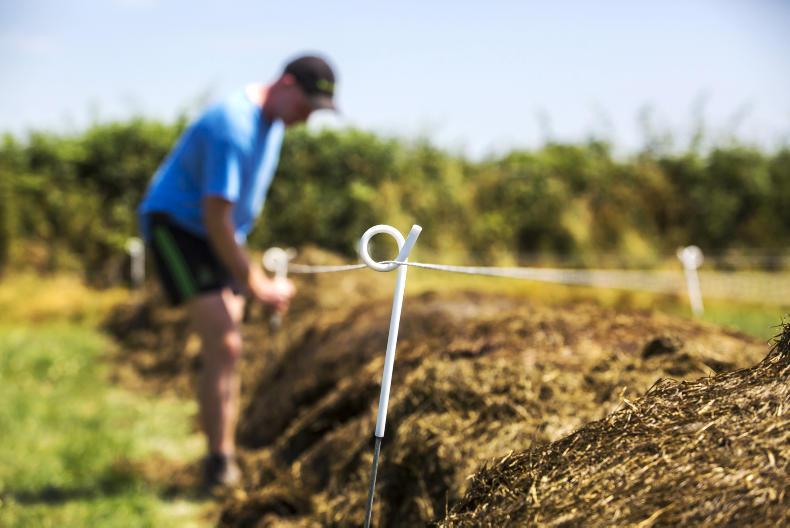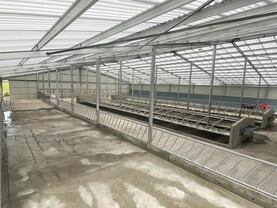We are where we are, as the cliché goes. There’s a widespread shortage of grass for animals and a water problem is looming on many farms. Here are some tips for dealing with the problems brought about by the drought.
• Reduce stocking rate. Where possible, ground that was destined for second cut silage should be grazed or, if on an outside block zero grazed. Don’t be too concerned about pre-grazing yield as beggars can’t be choosers. I have been on farms over the past week where cows are grazing covers of aftergrass in excess of 3,000kg/ha and they are nailing the residuals.
• Hit residuals first. With a lot of supplements being fed, some herds are getting lazy and leaving grass behind. You cannot afford to do this at any stage, least of all in a feed deficit. Make sure cows are hitting residuals of 3.5 to 4cm, or a post grazing cover of zero centimetre. If this means cows have to work harder then so be it. They will make up for lost production when they graze excellent swards in the autumn.
• Pick a diet that works for you. At the open day in Kildalton College last week, a milk processor was advising farmers to feed 9kg of meal to hold milk yield in the drought. Let’s be clear, feeding 9kg of meal is a lot of meal and should only be countenanced in extreme circumstances where there is a severe shortage of silage. In most situations, feeding 6kg to 7kg of meal along with grass and some silage is a good response to the reduction in growth.
• If you think you will have 50% of silage for the winter, strategies can be put in place later in the year to fill the gap. For now the focus should be on filling the gap for the milking cows.
• Water is critical. Where supplies to water troughs are weak, consider changing ball cocks. High pressure ball cocks are a disaster. They only let through 8l of water per minute, while medium pressure let through 32l/min and low pressure let through 42l/min. It all depends on the size of the hole in the white fitting in the brass ball cocks. Most of the modern type ball cocks are all fast flow.
• Water trough size is less important than pipe size. If pipe size is holding you back use a loop to increase capacity. This can be done temporarily by buying extra pipe and leaving it overground.
• Reduce demand for water after milking by putting water troughs in the collecting yard and in the yard where the cows come out after milking.
• If water is very scarce turn off the water to the plate cooler, but bear in mind that milk cooling will take longer and more electricity will be used. This may not be an option where chilling units are already under pressure.






 This is a subscriber-only article
This is a subscriber-only article










SHARING OPTIONS: